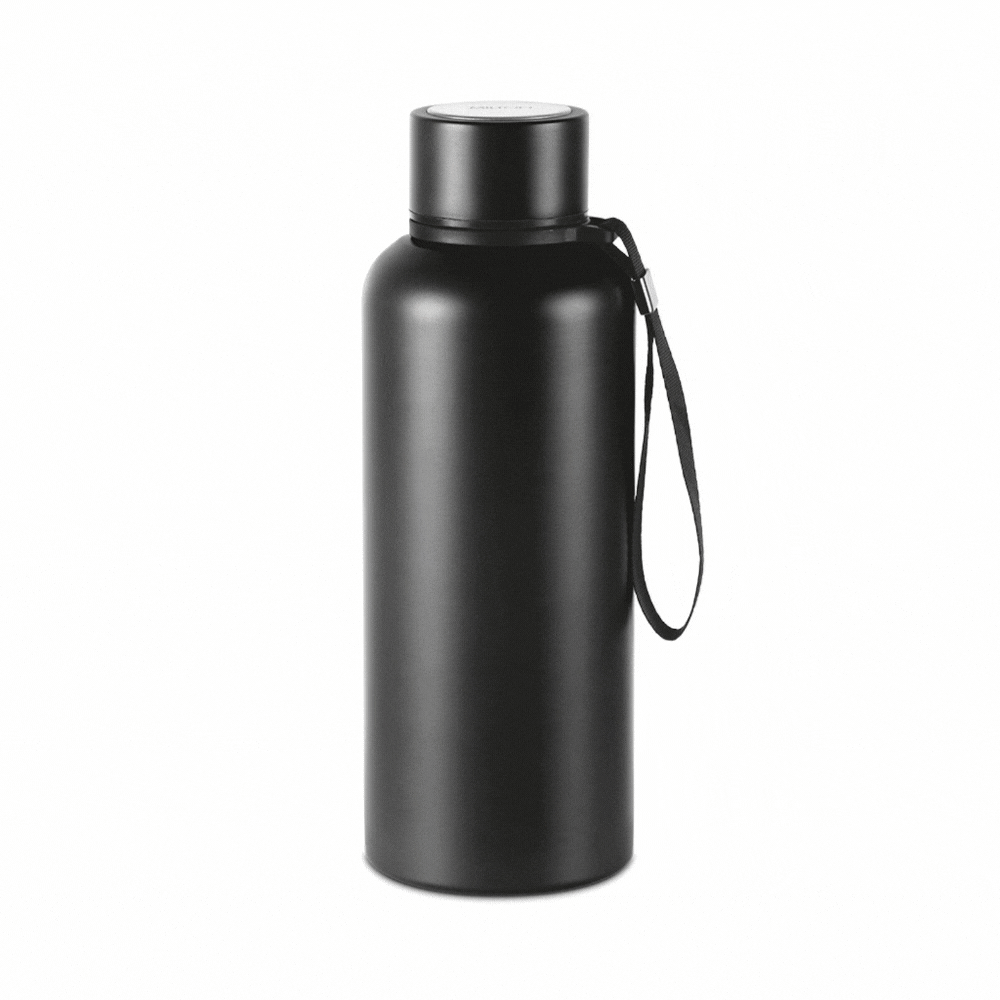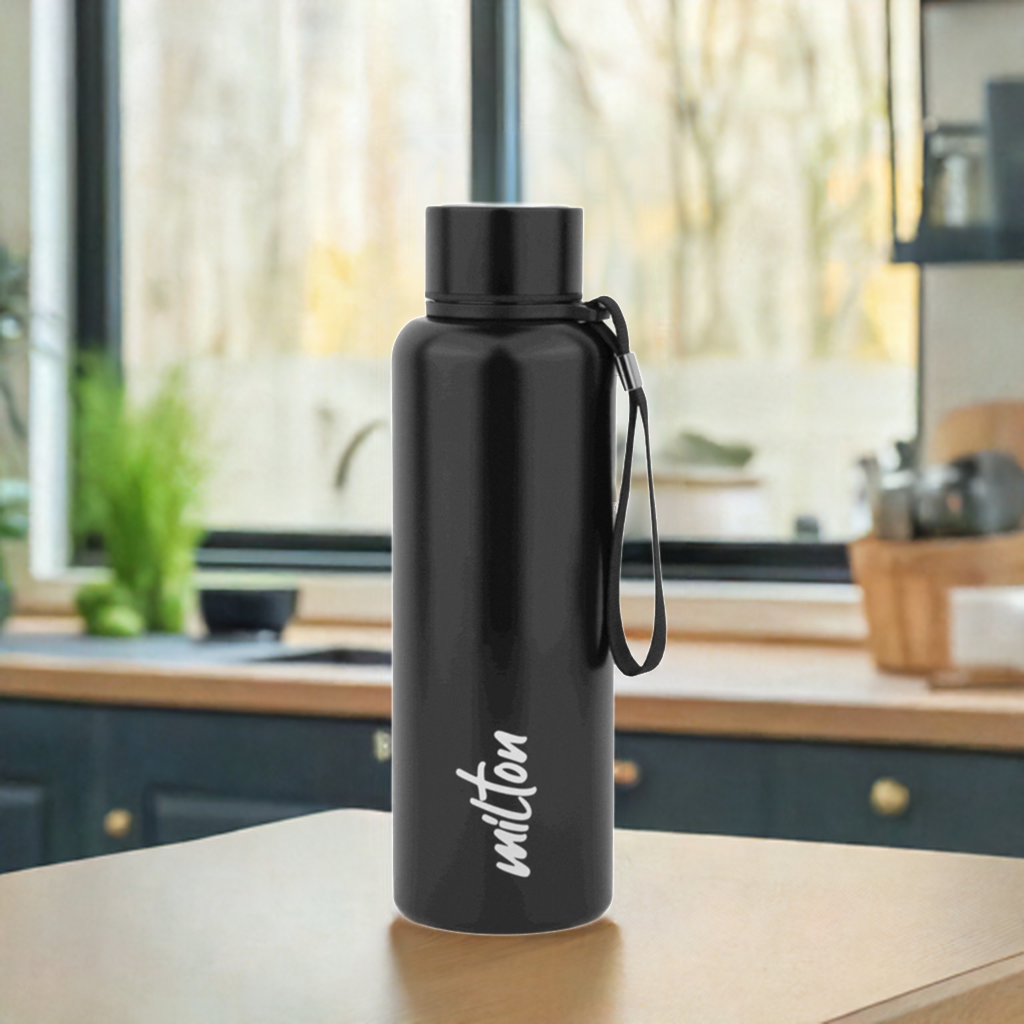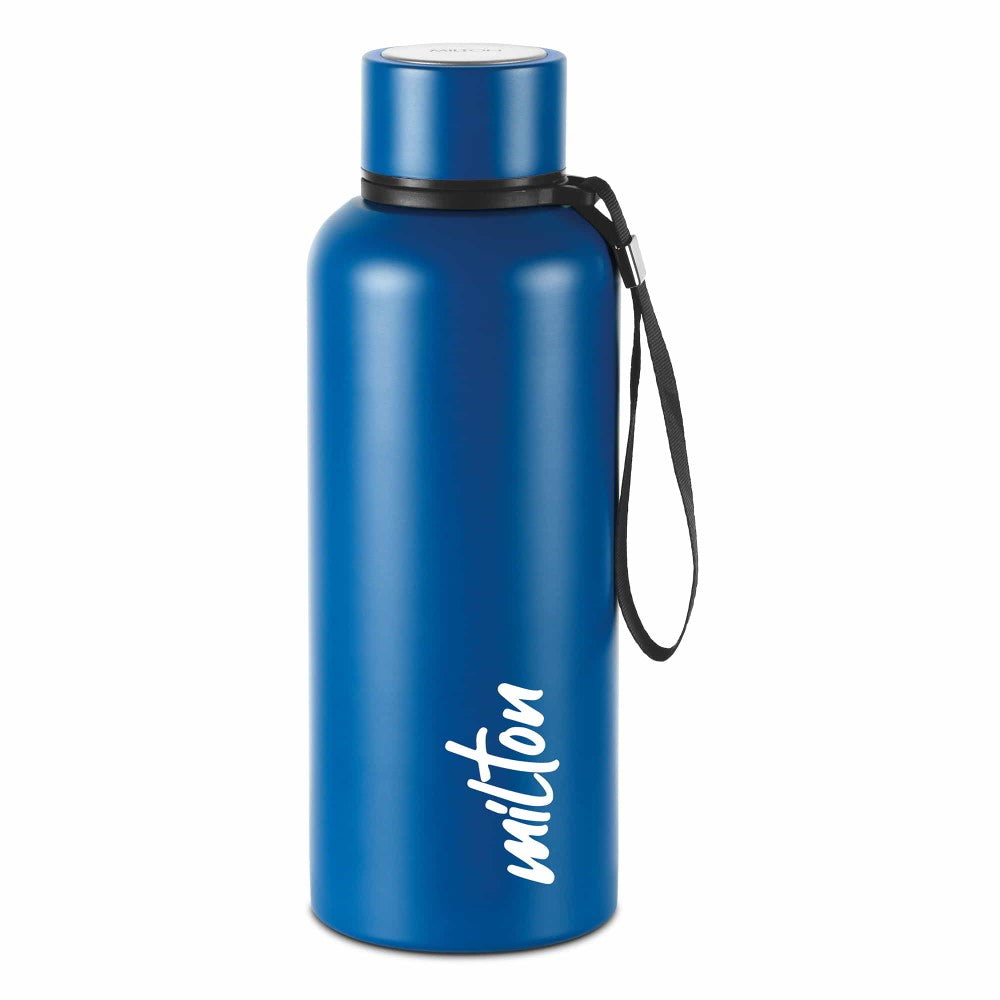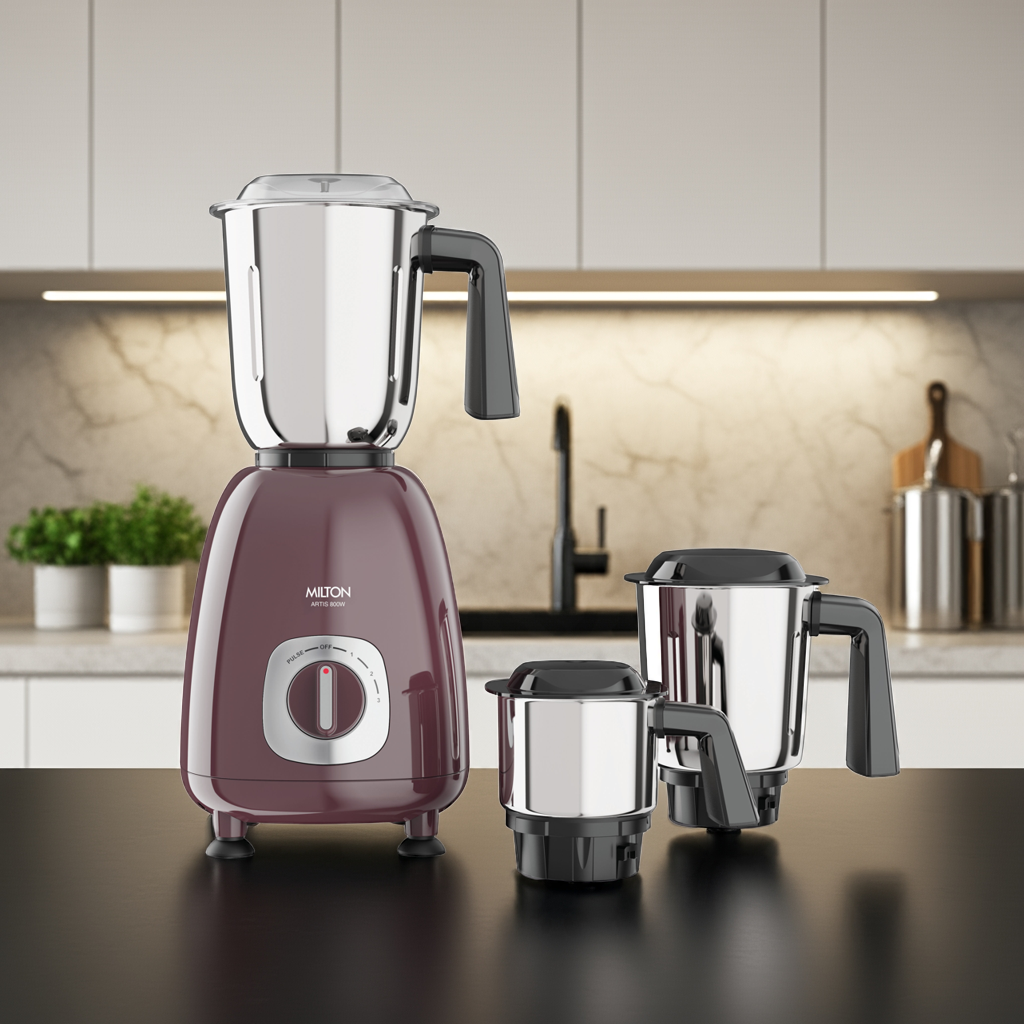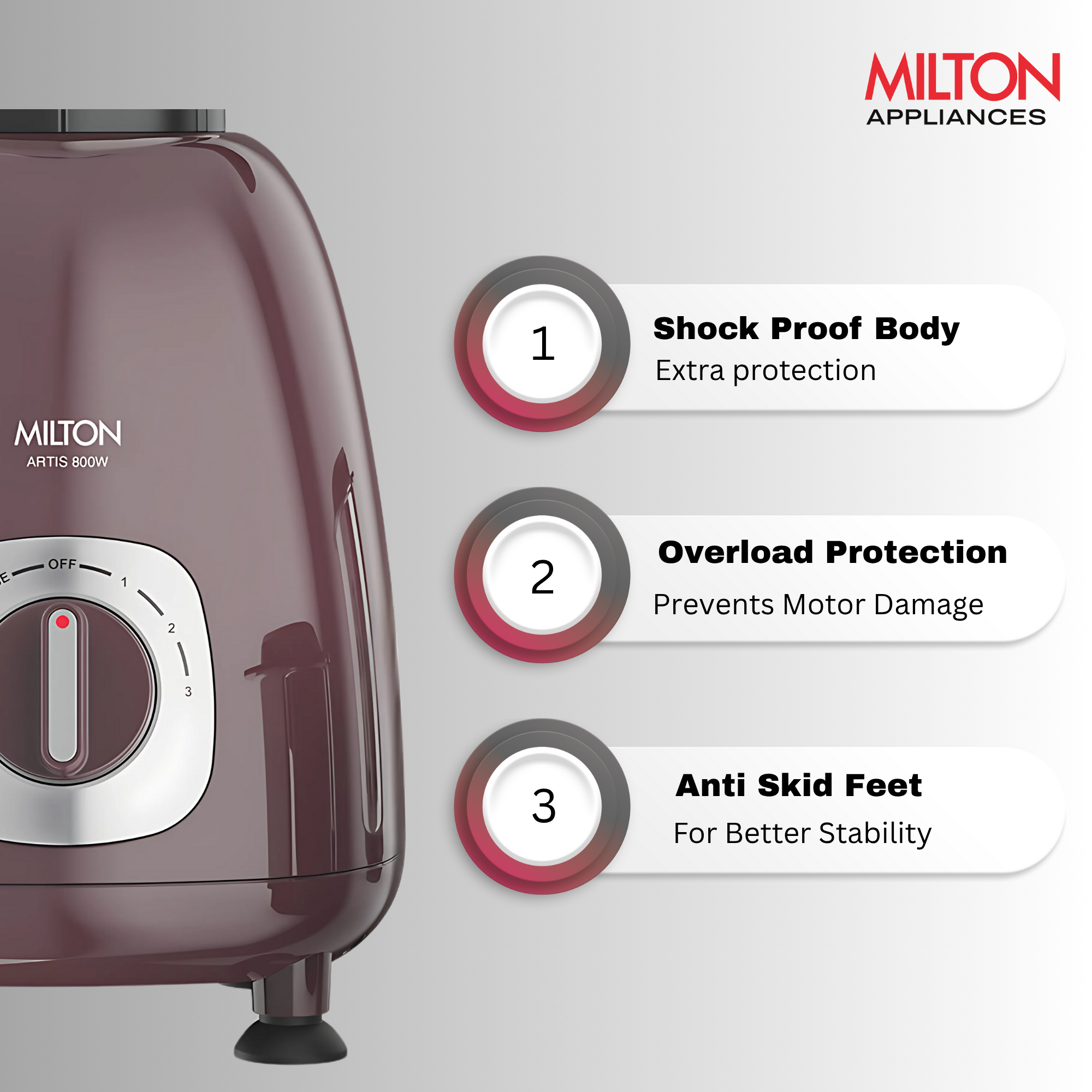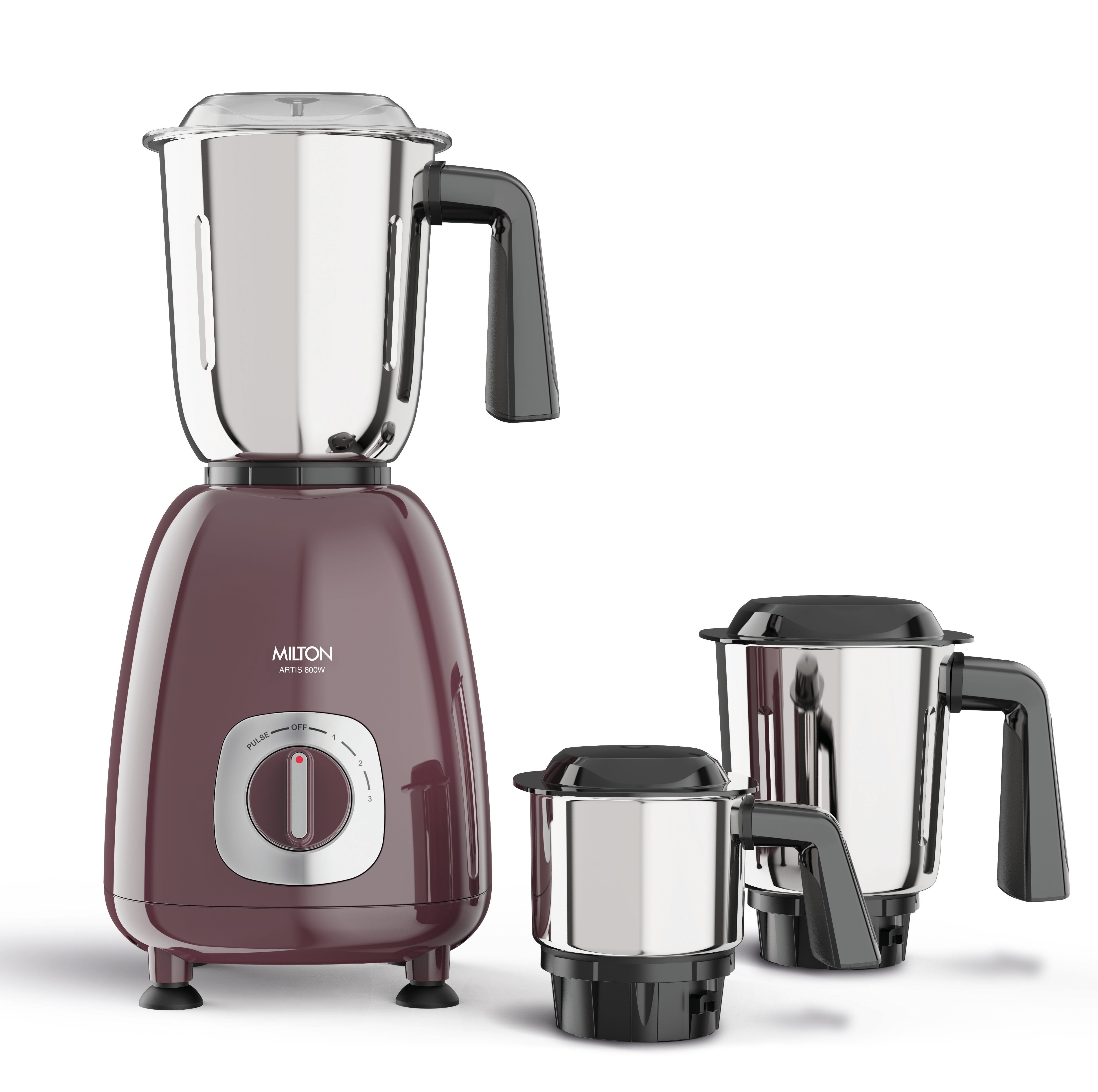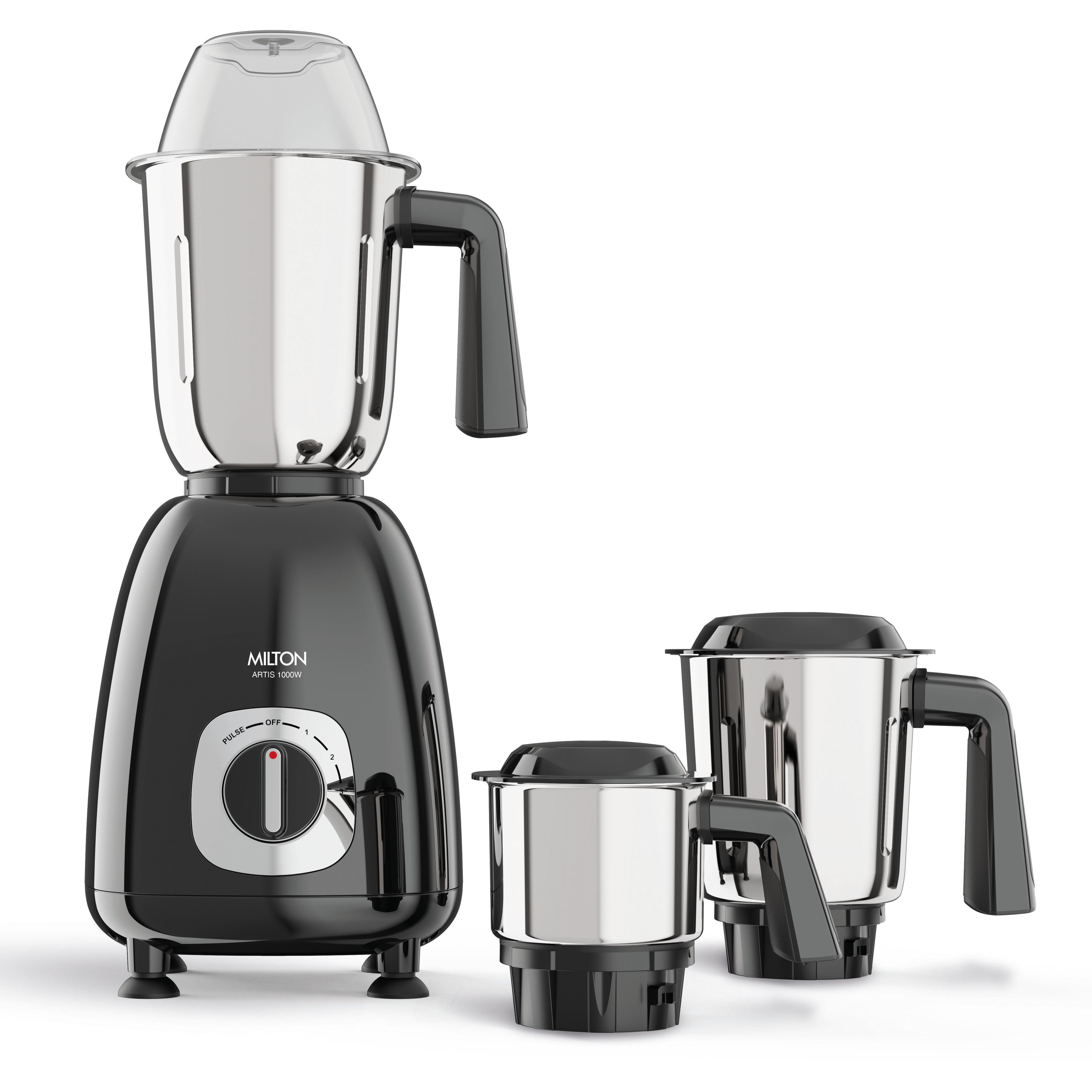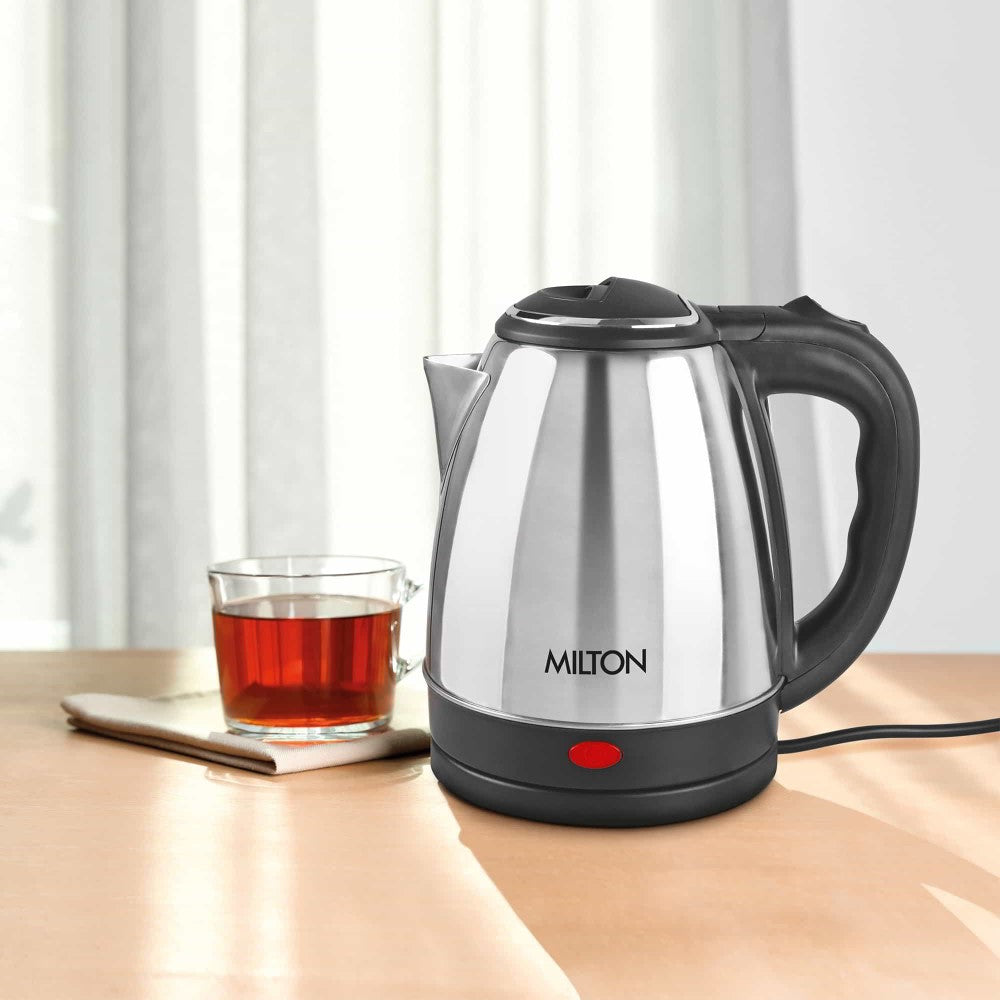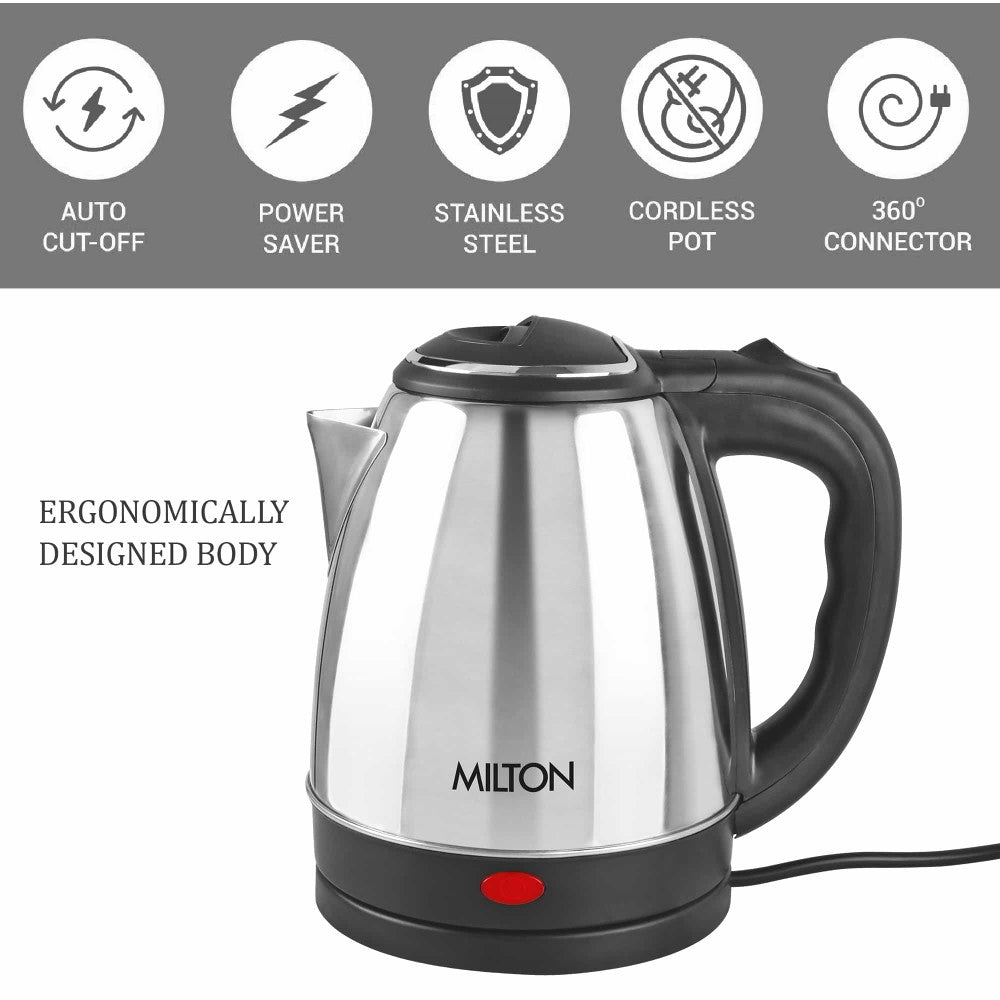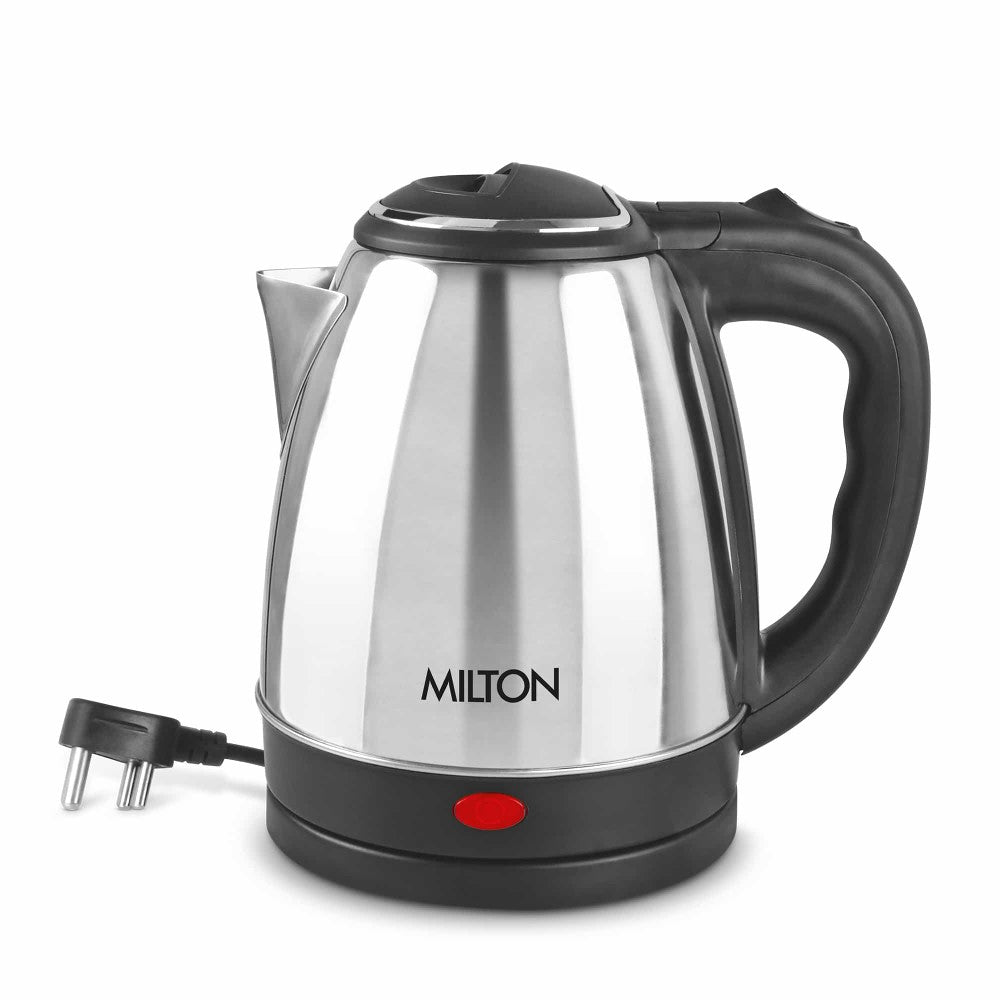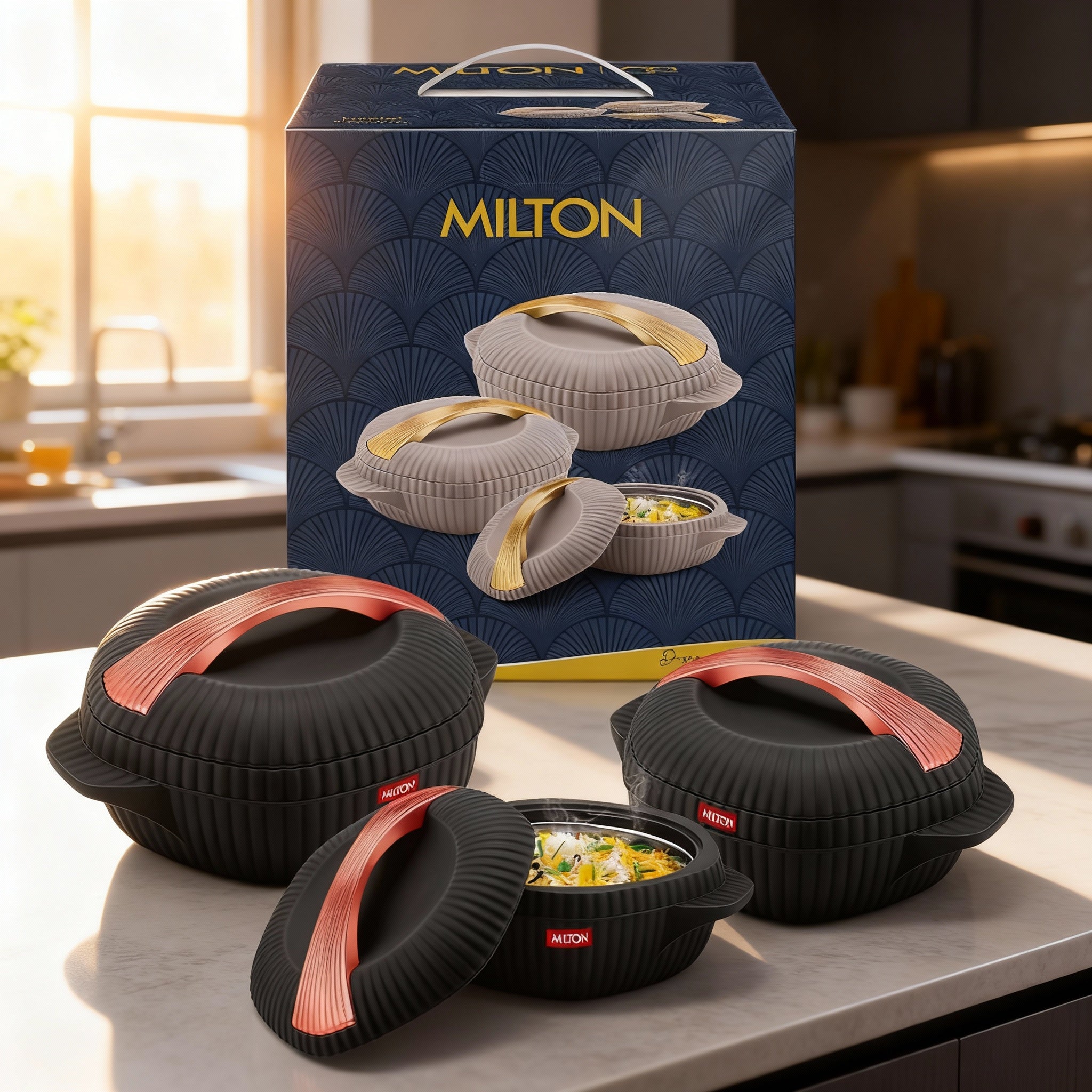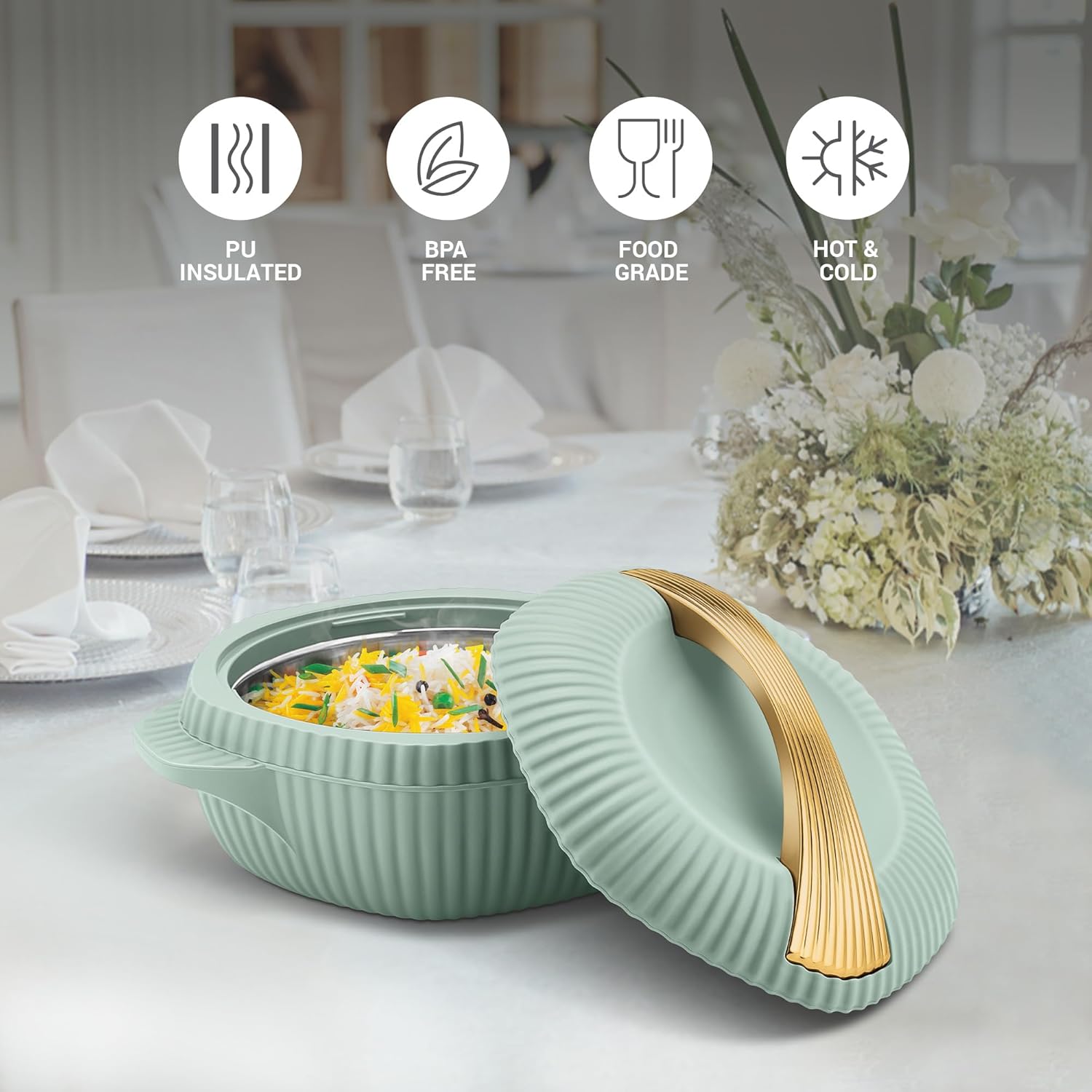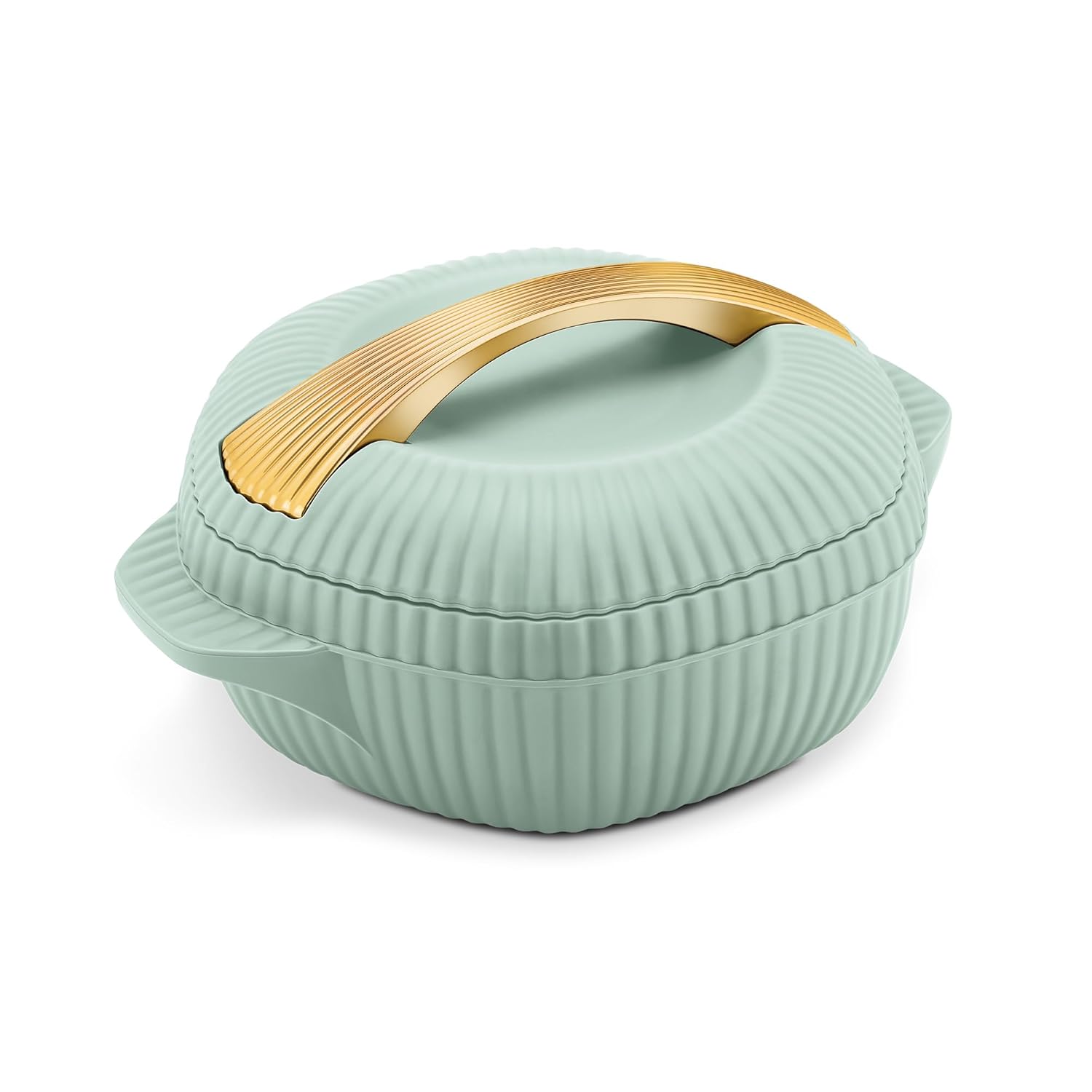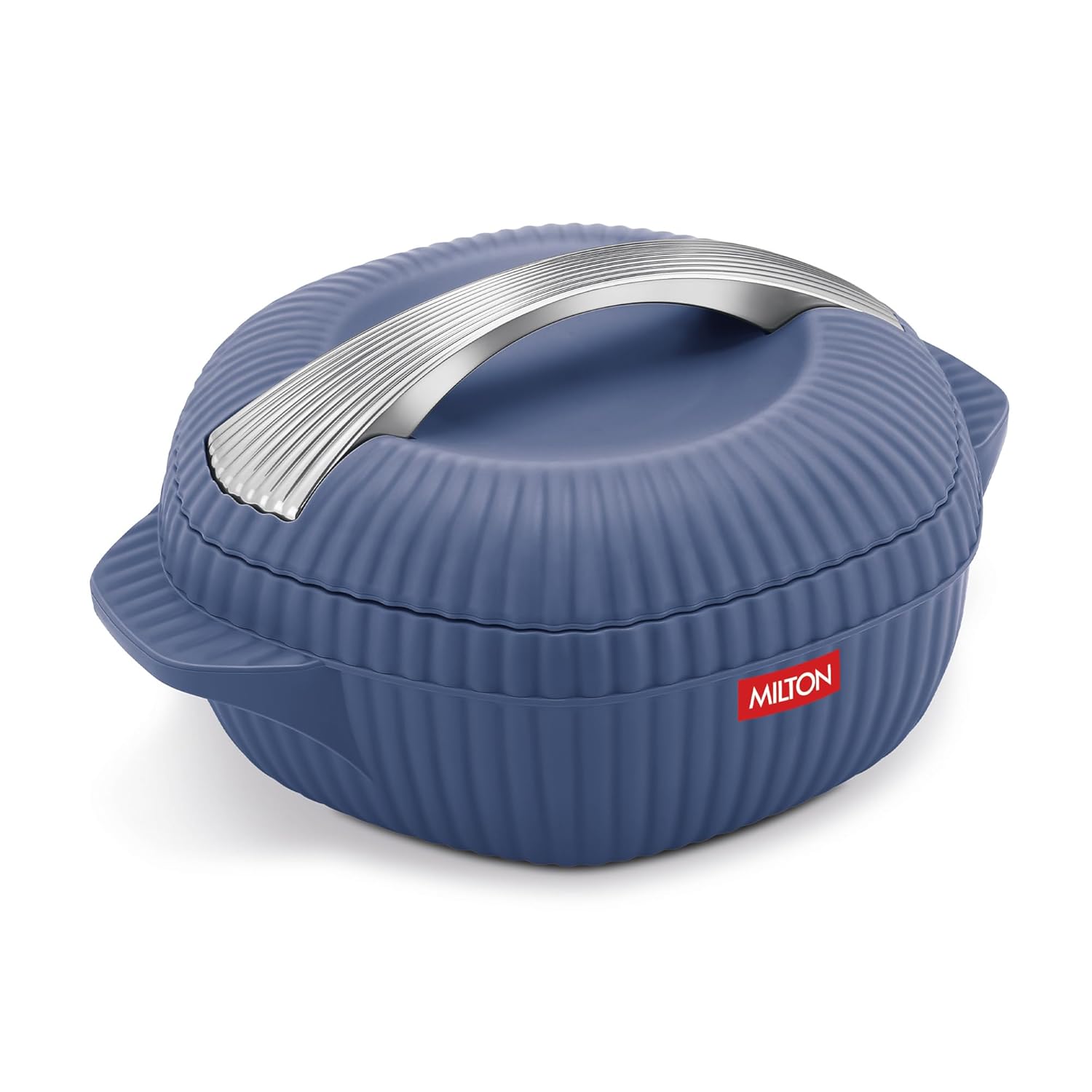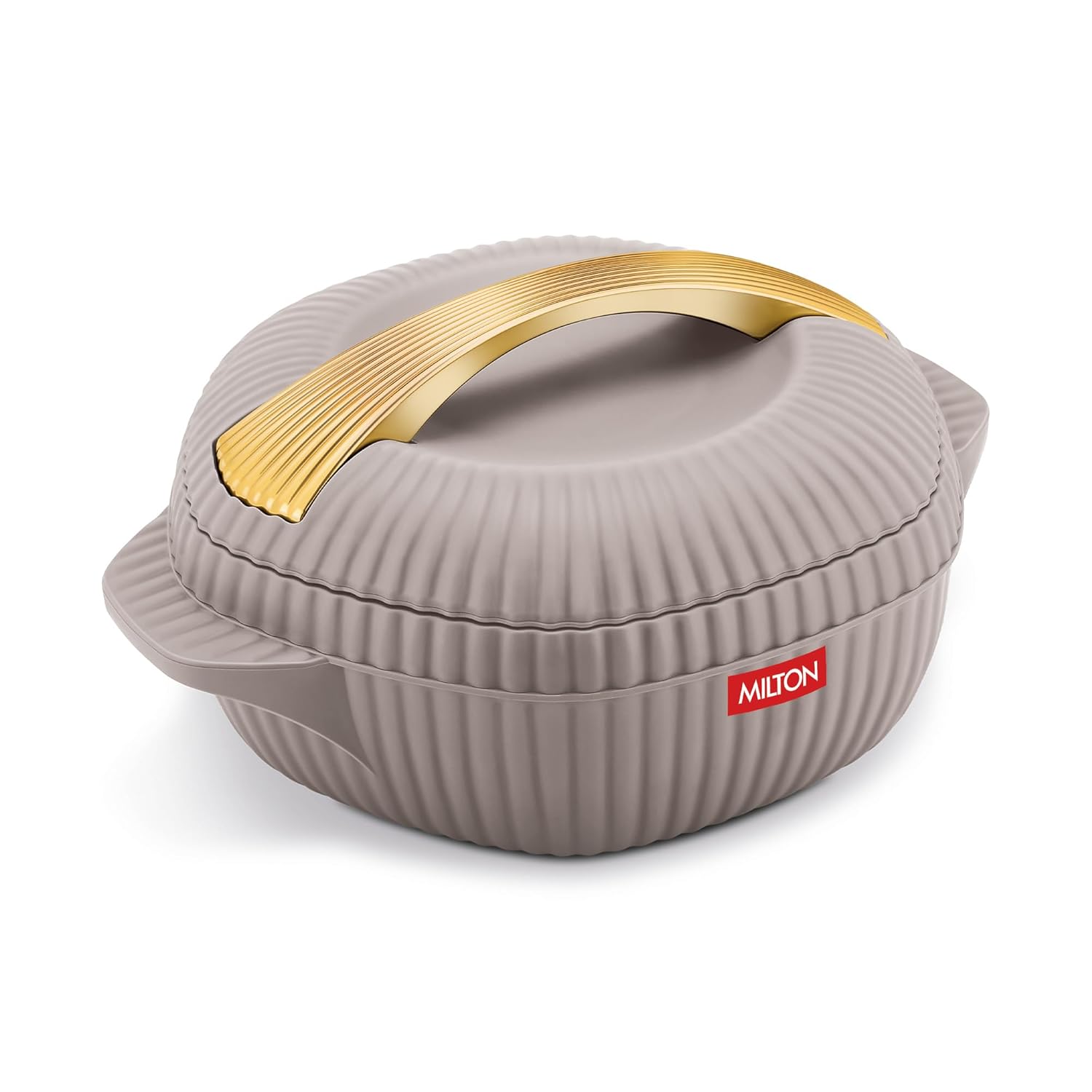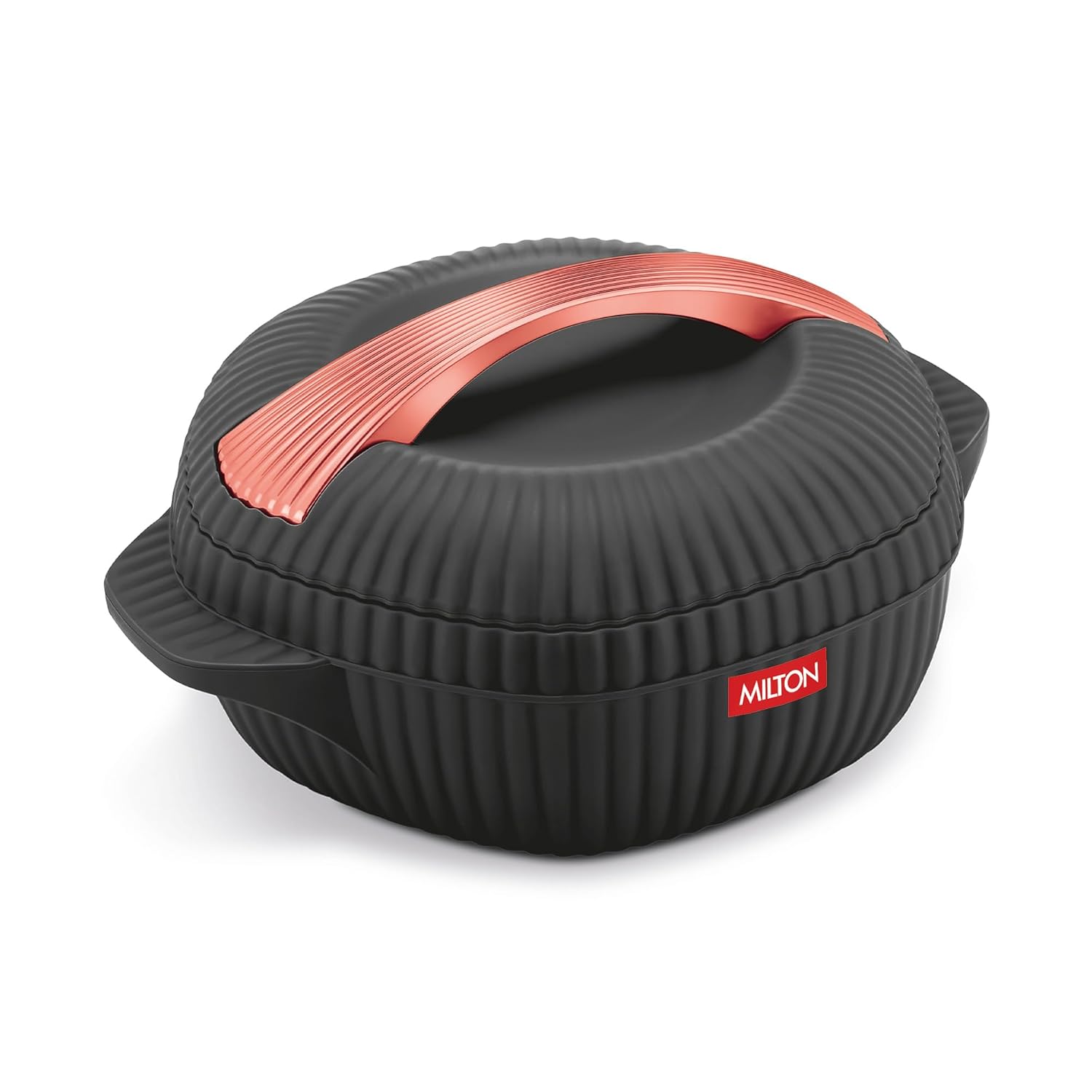Cooking in a pressure cooker on an induction cooktop might seem difficult initially if you have only recently moved from a gas stove. But the right cooker and a little bit of guidance make it easier than you think. Induction cooktops are faster at heating food, more energy-efficient and keep your kitchen cooler. Add to that a pressure cooker, and you’ve got a great way to get meals on the table in a flash. This beginner’s guide breaks down all the basics.
Can Pressure Cookers Be Used on an Induction Stove?
Many people wonder: “Can I use a pressure cooker on an induction cooktop?” Yes, you can definitely use a pressure cooker on an induction stove. However, not every cooker will work. Induction cooktops generate a magnetic field that heats just the cookware. So you need a flat, magnetic base for your pressure cooker.
Old aluminium cookers will not work unless they are made specifically with an induction-friendly base. Cookers made of stainless steel with a magnetic base are generally a much safer choice. Make sure the bottom of your pressure cooker carries a symbol for induction, or better yet, refer to the manufacturer’s label to determine whether it can be used on an induction stove.
What Type of Pressure Cooker Is Suitable for Induction Chulha?
Here are the types of cookers that you can use on an induction chulha:
Aluminium Pressure Cookers
These are lightweight and conduct heat well. But regular aluminium cookers won’t work on an induction chulha. If you prefer aluminium, look for models with a specially designed induction base. These usually have a thick steel plate at the bottom to allow magnetic heating.
Triply Stainless Steel Pressure Cookers
Triply stainless steel pressure cookers are ideal for induction cooking. The typical three-layer design has an aluminium core sandwiched between stainless steel. This allows quick and even heat distribution. The outer layer is magnetic stainless steel, which makes it compatible with induction cooktops. These cookers are also durable, rust-resistant, and easy to clean.
How to Check if Your Pressure Cooker Is Induction-Compatible
Not sure if your pressure cooker will function on an induction range? Here’s how to find out:
-
Inspect the Base: Induction cooktops require flat cookware for even heating. Just ensure that your cooker is not of the rounded-bottom variety.
-
Do the Magnet Test: Place a magnet on the bottom and check if it will fit all pressure cookers for induction hobs.
-
Manufacturer Information: Consult the label or manual. It should specify induction compatibility explicitly.
Step-by-Step Guide to Using a Pressure Cooker on an Induction Cooktop
Using a pressure cooker on an induction cooktop is simple once you understand the basics. Here’s how to do it:
Place the Cooker on the Cooktop
Ensure the base of the cooker sits flat on the induction surface. Make sure it’s clean and dry.
Add Ingredients and Water
Never overfill your cooker. Stick to the recommended level. Always add enough liquid, as pressure cooking depends on steam.
Secure the Lid Properly
Whether it’s an inner or outer lid, make sure it’s locked in place before switching on the stove.
Select the Right Heat Setting
Start with a medium-high heat setting to build pressure. Most induction stoves have power levels. You can start around level 7 or 8.
Wait for the First Whistle
Once the cooker builds pressure, you’ll hear the first whistle. Reduce the heat at this point.
Simmer and Cook
Let the food cook at a lower setting (around level 3 to 5) for the remaining whistles or time, as per the recipe.
Turn Off the Stove and Let It Cool
Once done, turn off the induction. Wait for the pressure to release naturally before opening the lid.
Common Mistakes to Avoid While Using a Cooker on an Induction Stove
Here are some common errors beginners make. Avoid these for a smooth cooking experience with an induction-safe pressure cooker:
-
Using a cooker with a round or uneven base.
-
Forgetting to check if the cooker is induction-compatible.
-
Overfilling the cooker beyond the max level.
-
Not adding enough water.
-
Cooking on high heat throughout may burn the food.
-
Forcing the lid open before pressure is released.
-
Ignoring the cooker’s safety valve or gasket condition.
Benefits of Using a Pressure Cooker on an Induction Cooktop
Induction cooktops and pressure cookers make a powerful combination. Here’s why:
-
Faster Cooking: Induction cooks faster than gas.
-
Energy Efficient: Little energy is lost due to less heat being transferred to the cooker.
-
Even Heating: The heat distribution is relatively even, especially if you invest in triply stainless steel cookers.
-
Safer: No open flames, and cooktops remain cool around the pan.
-
Easy to Clean: A smooth surface makes spills easy to wipe.
-
Compact Cooking: Ideal for modular cooking arrangements.
Milton ProCook's Recommended Induction Safe Pressure Cookers
Milton ProCook offers a solid range of induction-compatible pressure cookers for every kind of kitchen. Here are a few worth exploring:
1. Triply Stainless Steel Pressure Cooker Outer Lid
Comprises three layers of metal for even heating, which makes it suitable for induction cooktops and gas stoves. The metallic safety plug and the vent valve are some of the important safety features it has.
The handles are designed ergonomically and can be held comfortably, plus they remain very cool during cooking. It also carries a 5-year warranty against manufacturing defects. This pressure cooker, suitable for an induction hob, can be used for everything, from cooking dals and rice to steaming vegetables.
2. Pressure Cooker Inner Lid Curve Aluminium Induction
Made from virgin Hindalco aluminium, this cooker has a thick 4mm induction base that distributes heat evenly. The matt inner finish and glossy outer body give it a smart look. It’s ideal for use on induction, ceramic, and gas stoves.
With a hard anodised safety valve, SS 304 grade handle bracket, and non-heating aluminium locking hook, this model is both safe and stylish. You can cook sabji, pav bhaji, halwa, curries, and more with ease.
3. Curve Stainless Steel Pressure Cooker Inner Lid
Crafted from high-grade SS304, this cooker has a 5 mm-thick induction base for excellent heat distribution. Like the aluminium model, it features a matt inner finish and a glossy outer body.
The safety mechanisms include a vent weight, a hard anodised safety valve, and a gasket release system. Its sturdy SS handle bracket and locking hook add to its durability. It’s designed for comfort and convenience and lets you prepare a wide variety of dishes with minimal fuss.
Conclusion
The pairing of induction technology and an efficient pressure cooker makes cooking easier and faster than ever before. Opt for a solidly built model, such as the range from Milton ProCook, and then follow a few simple steps. After a bit of practice, using a pressure cooker on an induction stove becomes a piece of cake.


